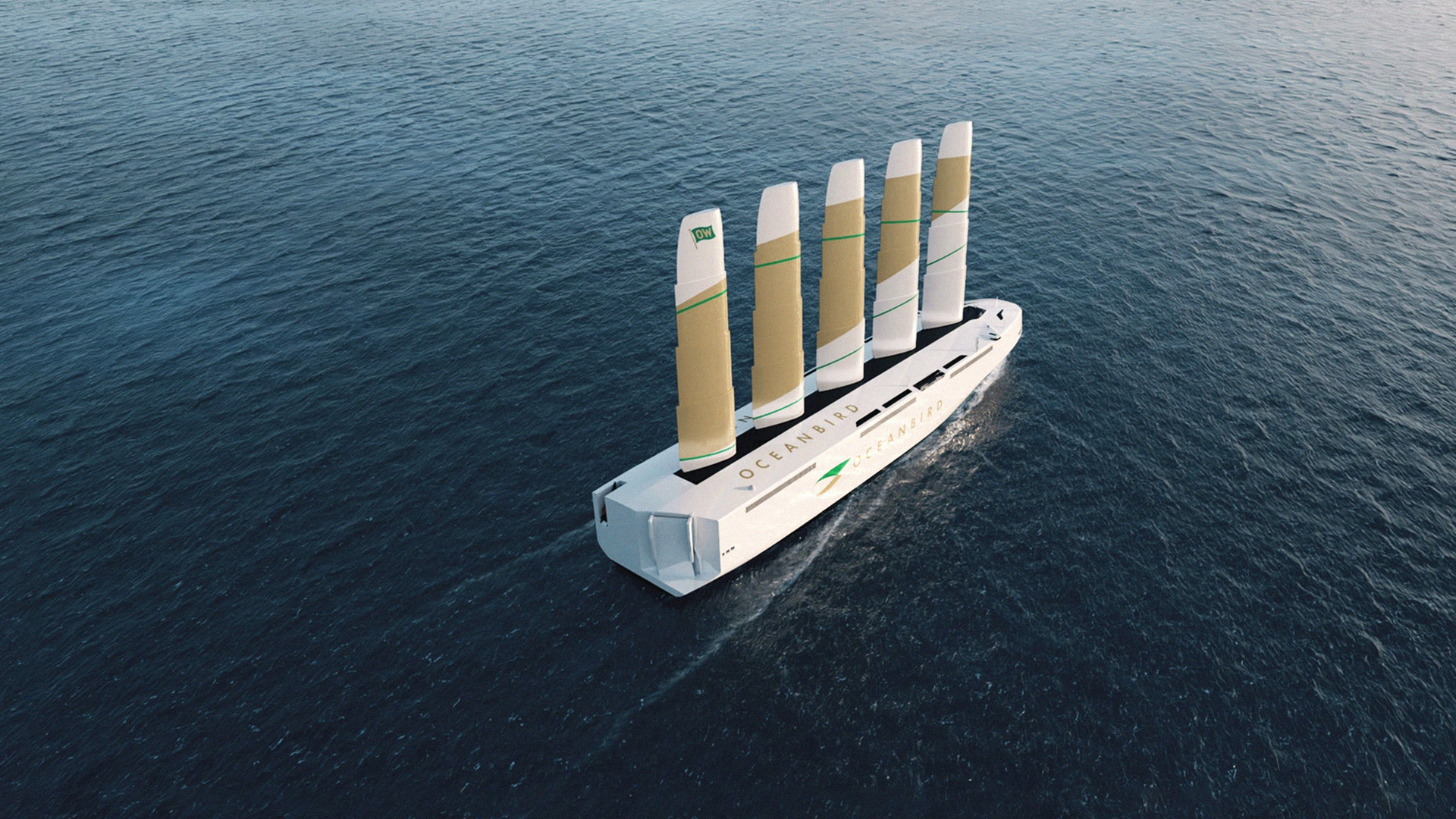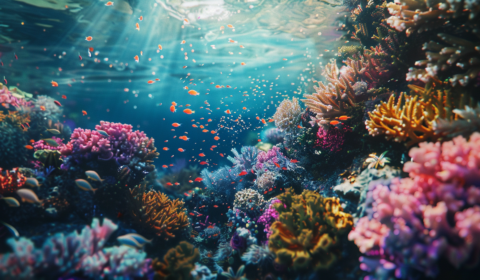A new vessel is being designed and built by a Swedish consortium that could finally shake things up in the maritime industry. Previously the Wind Powered Car Carrier (wPCC) and now officially named the Oceanbird, this new sailing ship will be able to carry up to 7,000 vehicles and will reduce emissions by up to 90% compared to current vehicles.
It’s powered entirely by on-board wind sails. Yes, it’s a ship that uses sails, it’s truly revolutionary I know, but these will be used to generate power directly to the ship. Think of it as an attached wind-farm on top of the boat that keeps everything running, almost completely cutting out any need for fossil fuels.
Financed by the Swedish Transport Administration, the project is a collaborative effort between Wallenius Marine, KTH Royal Institute of Technology, and SSPA Sweden. The overall budget is in the ballpark of 27 million and private, public, and academic sectors have all been involved in its creation.
The Oceanbird is a beast, measuring 200 metres in length and 40 metres wide. The sails will be twice as high as the current tallest existing sailing ship at 80 metres, making it the largest sailing vessel in the world. Let’s just say it’ll be hard to miss when you look out across the horizon.
The only catch is that backup engines powered by clean energy will need to be installed to get into ports and to ensure passenger safety should the wind die down during transit. It’ll also complete the trans-Atlantic journey slower than current ships, taking twelve days rather than the usual seven, but it’s a worthy sacrifice for all that alternative green energy goodness.
A sea trial took place earlier this year to test the centre of gravity on the design, rudders, and motor functions. Wallenius Marine says it’ll have the Oceanbird fully designed and operational by 2024, which could have exciting implications for the future.
We could see a huge reduction in emissions for sea travel across the world well before the end of the 2020s. If Oceanbird is a successful venture (and there’s nothing to suggest it won’t be), then we’ll likely to see other companies follow suit. Wallenius Marine has stated that its eco-friendly design can be applied to all types of ships – not just cargo ones – and could easily be implemented into commercial cruise liners.
The oceans could be looking a lot greener in a few years’ time. Figuratively, of course. The actual sea will still be blue.




















